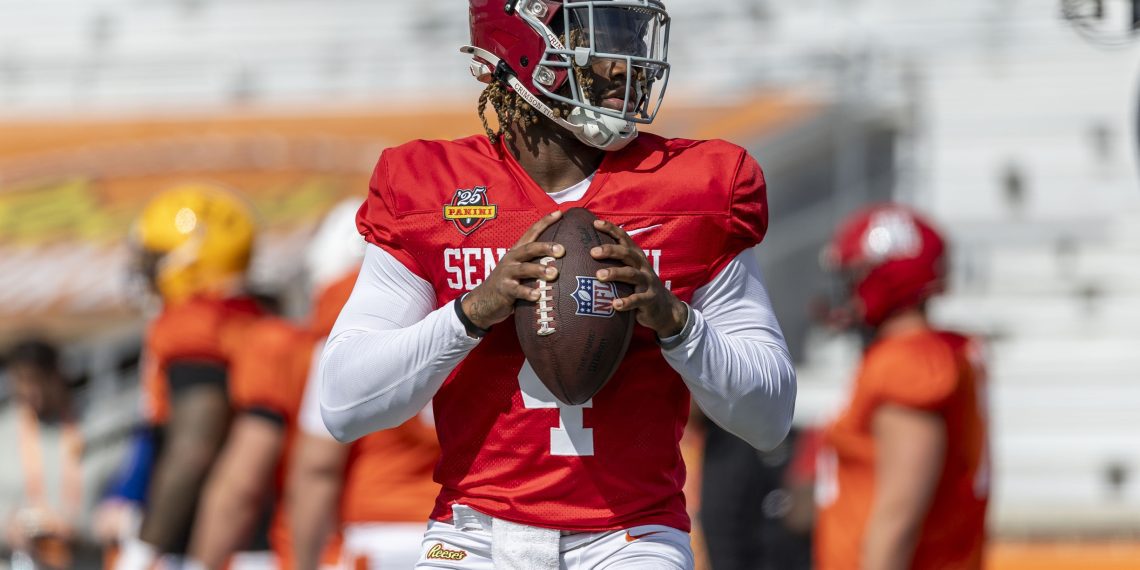Potential Paradigm Shift: Dolphins’ Strategic Evolution in the NFL
The Miami Dolphins, known for their flashy speedsters like Tyreek Hill, Jaylen Waddle, and De’Von Achane, have sparked a debate about the effectiveness of finesse versus physicality in the NFL. As the team contemplates its strategic direction under the leadership of Grier and McDaniel, the question arises: Should the Dolphins pivot towards a more trench-oriented, physical style of play to enhance their chances against top-tier teams, especially in adverse conditions?
Balancing Speed and Power
The Dolphins’ success in the 2023 season, finishing with an 11-6 record, exemplifies that a speed-focused approach can yield positive results. However, the lingering query remains – can a team heavily reliant on speed overcome the challenges posed by colder climates and tougher opponents in crucial matchups? The trio of Hill, Waddle, and Achane undeniably adds an explosive dimension to the Dolphins’ offense, but the strategic balance between finesse and physicality is a delicate tightrope to walk.
Strategic Draft Maneuvers
Amidst the strategic contemplation, the Dolphins face the dilemma of draft positioning and player selection. The prospect of trading back to amass more picks, thereby fortifying the roster with young talent, emerges as a viable strategy. As the team evaluates its options in the upcoming draft, the balance between immediate impact players and long-term investments becomes pivotal. The quest for elite prospects and the delineation of talent tiers shape the Dolphins’ draft strategy, emphasizing the importance of prudent decision-making.
Crafting the Offensive Line
The focal point shifts to the offensive line, a cornerstone of any successful NFL team. Aligning with the Dolphins’ zone scheme, the search for guards who embody a “smash-mouth” playing style becomes imperative. Identifying players like Kelvin Banks, Donovan Jackson, Tyler Booker, Grey Zabel, and Jonah Savaiinaea, who fit seamlessly into the Dolphins’ offensive scheme, underscores the meticulous approach towards fortifying the team’s foundation.
Strategic Player Acquisitions
The speculative realm of player acquisitions and potential trades adds another layer of complexity to the Dolphins’ strategic evolution. Evaluating the value proposition of player exchanges, such as the hypothetical scenario involving Jalen Milroe, underscores the team’s balancing act between immediate competitiveness and future-oriented investments. The strategic alignment of player skills with team objectives becomes a crucial consideration in shaping the Dolphins’ roster composition.
Exploring Positional Flexibility
The concept of positional flexibility within the team structure, exemplified by the potential transition of Austin Jackson to guard, opens up intriguing possibilities for optimizing player roles. The strategic realignment of offensive line configurations, coupled with astute player evaluations, forms the bedrock of the Dolphins’ quest for a versatile and resilient team composition. Balancing experimentation with prudence, the team navigates the complexities of player deployment to maximize on-field performance.
Strategic Focus on Team Needs
As the Dolphins navigate the intricate landscape of player acquisitions and draft strategies, the focus on addressing team needs remains paramount. The strategic prioritization of positions, such as offensive line versus tight end selections, underscores the team’s meticulous approach towards roster enhancement. Strategic foresight, coupled with a pragmatic evaluation of player potentials, guides the Dolphins’ decision-making process in building a competitive and well-rounded team.
Strategic Communication and Media Relations
The absence of a formal press conference by Dolphins’ GM Chris Grier at the combine raises questions about strategic communication and media engagement. The nuances of team representation in public forums, alongside the strategic dissemination of information to the fan base, underscore the complexities of managing public relations in the NFL landscape. The strategic alignment of media interactions with team objectives highlights the multifaceted nature of organizational communication in the sports industry.
In conclusion, the Miami Dolphins’ potential transformation signifies a pivotal juncture in the team’s strategic evolution within the NFL landscape. The delicate balance between speed and power, finesse and physicality, immediate impact and long-term investments, underscores the nuanced decision-making processes shaping the team’s trajectory. As the Dolphins navigate the complexities of strategic planning, player acquisitions, and roster optimization, the quest for sustained success unfolds against the backdrop of a dynamic and ever-evolving NFL landscape.









